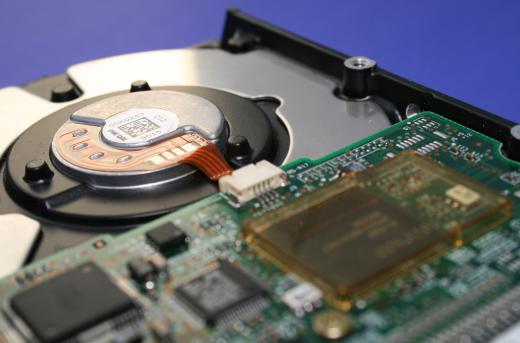A file system is a way in which files are stored, accessed, overwritten, and deleted on a media format by using a computer and the operating system (OS) installed onto that computer. Different types of OS typically have different file systems, though they are often somewhat similar in design and how files are accessed through the OS. There are, generally, a number of different types of file systems that have been designed and implemented, with new types being created and used by newer OS versions. A file system is, at its most basic level, the way in which data is stored in individual files on a computer hard drive or other media, and how that data is then accessed again in the future.
Also called a “filesystem,” a file system is one of the most fundamental aspects of a computer OS and many early types of OS were designed specifically to act as a file system. A computer user will typically work on a computer to create, alter, save, and delete a variety of files for different purposes. In order for this process to be as simple and powerful as possible, the file system in an OS must be able to handle a number of different options for a computer user.

One of the most basic types of file system is a flat system that basically exists as a single layer of files that can be accessed by a user. This creates a system that is similar to a large desktop on which files can all be placed, but not stacked. Envisioning this type of system, it is easy to see that two or three files would be easy to see and organize; hundreds or thousands of files, however, would soon become overwhelming. This is why hierarchical file systems have been developed that place files in multiple layers or within directories and folders for easier organization and navigation.
The file system used by Windows®, for example, utilizes a hierarchical system that begins with a drive or partition designation and creates various directories and sub-directories for file storage. This can be seen by a Windows® user beginning the search for a file with a drive or partition that is designated by a letter, usually the “C:” drive for the primary boot drive. From this basic level, the user can then look at a number of different folders that act as directories for more folders and files. This type of file system allows a computer user to organize his or her files, allowing files to be grouped in a way that is easier to recall and use as needed.
